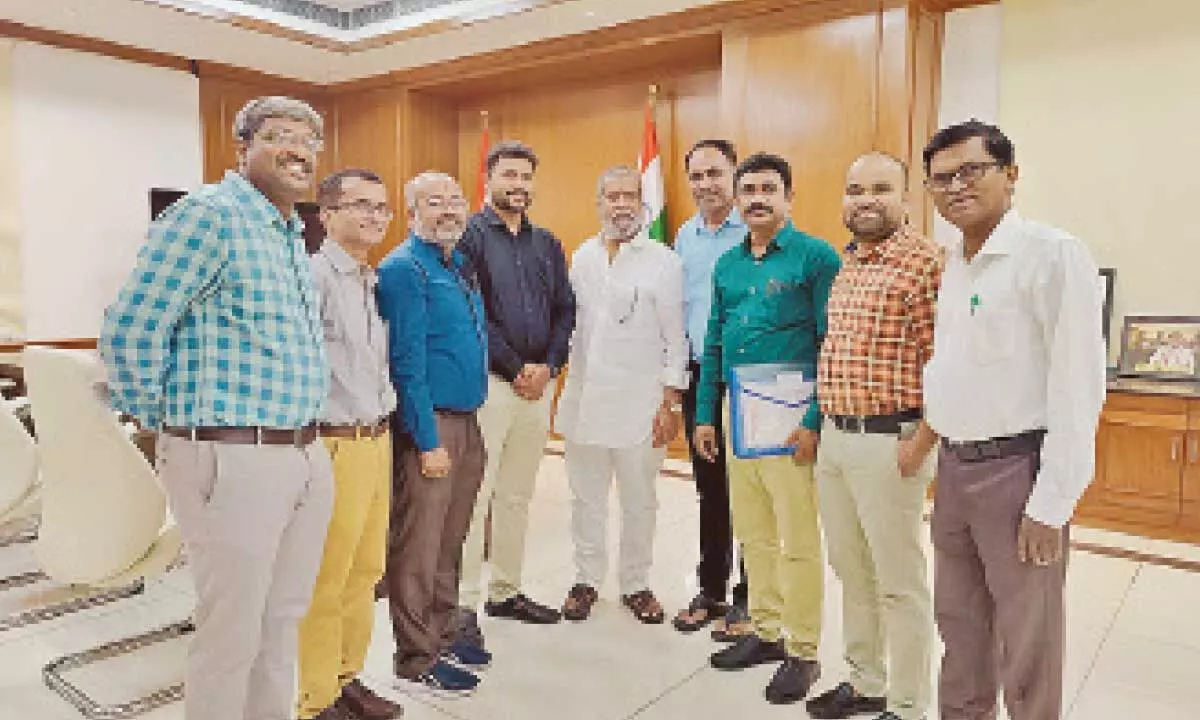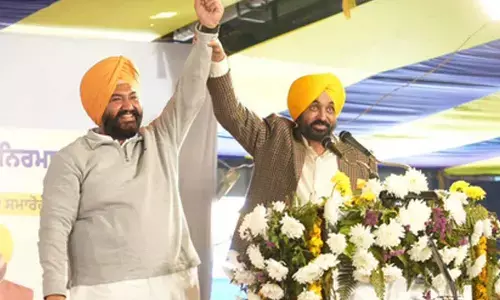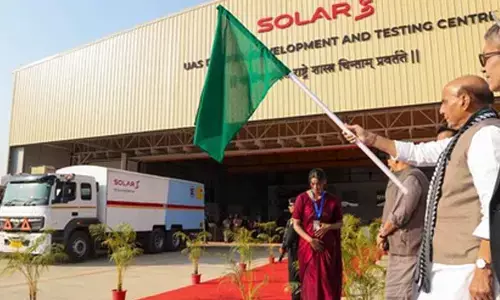Govt doctors demand transparency in transfers

Hyderabad: The doctors working under the Directorate of Medical Education (DME) have urged the government to take up transfers of teaching doctors in a transparent manner giving priority to those working in peripheral areas.
The government teaching doctors are up in arms, with many working in medical colleges, like Gandhi and Osmania here, for more than seven years. They have protested the inaction of the government and wanted the doctors who have been long standing in Hyderabad to be transferred. Recently, the Government Doctors’ Association members had protested in front of the Vaidya Vidhana Parishad office at Koti.
Speaking to reporters during the protest, Prof Sekhar from Nagarkurnool Medical College, said the previous government brought a wicked GO 48, which gave exemption to doctors working in Gandhi, Osmania, KMC and Nizamabad medical college from transfers. Because of the GO, many doctors have been staying in Hyderabad depriving those working in remote areas who are staying away from their families for years, he said.
He said Chief Minister A Revanth Reddy had assured to have transparent transfers after the lifting of model code of conduct.
Meanwhile, the TTGDA State team on Tuesday met Health Minister Damodar Rajanarsimha. They brought to his notice that general transfers should be done transparently. The doctors demanded those who are already more than five years in peripheral medical colleges should be given first priority in transfers. “The transfers are taking place after seven years. This should be made without any restrictions; steps should be taken to benefit more people. In transfers, the long standing in Hyderabad should be sent out and a chance given to those from outside,” they said. They also demanded hardship allowance be applied to all tribal and rural areas (50% for tribal area, at least 30% for other colleges).














